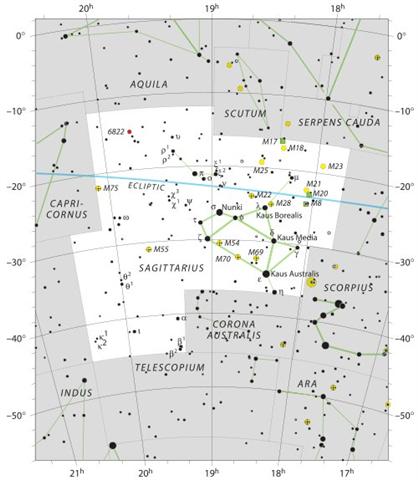400. The creator of the G text could have alluded to the Morning Star appearance of Venus when he arranged Rogo (with head stretched high) in Ga6-26 to be at 0h and 10 synodic lunar months earlier than Rogo in Gb1-3:
On Hawaii there were 33 days from the autumnal reappearance of the Pleiades to the December solstice, which means around 33 + 16 = 49 right ascension days from the Pleiades to December 21: ... in the ceremonial course of the coming year, the king is symbolically transposed toward the Lono pole of Hawaiian divinity ... It need only be noticed that the renewal of kingship at the climax of the Makahiki coincides with the rebirth of nature. For in the ideal ritual calendar, the kali'i battle follows the autumnal appearance of the Pleiades, by thirty-three days - thus precisely, in the late eighteenth century, 21 December, the winter solstice. The king returns to power with the sun. Whereas, over the next two days, Lono plays the part of the sacrifice. The Makahiki effigy is dismantled and hidden away in a rite watched over by the king's 'living god', Kahoali'i or 'The-Companion-of-the-King', the one who is also known as 'Death-is-Near' (Koke-na-make). Close kinsman of the king as his ceremonial double, Kahoali'i swallows the eye of the victim in ceremonies of human sacrifice ... In the deep night before the image [of Lono] is first seen, there is a Makahiki ceremony called 'splashing-water' (hi'uwai). Kepelino tells of sacred chiefs being carried to the water where the people in their finery are bathing; in the excitement created by the beauty of their attire, 'one person was attracted to another, and the result', says this convert to Catholicism, 'was by no means good'. At dawn, when the people emerged from their amorous sport, there standing on the beach was the image of Lono. White tapa cloth and skins of the ka'upu bird hang from the horizontal bar of the tall crosspiece image. The ka'upu is almost certainly the albatross, a migratory bird that appears in the western Hawaiian chain - the white Lanyon albatross at Ni'ihau Island - to breed and lay eggs in October-November, or the beginning of the Makahiki season ...
This idea seems to agree with the distance between Rogo in Gb1-3 (10-24 → 102 * 4 = 408 - as at Rogo in glyph number 408) and the hipu 'refilling station' ('splashing water') at Lucia (12-13). Water and the rays from the Sun are different sides of the same coin, as can be observed from the morning dew derived from the heat of the Sun in the preceding day. ... He was moreover confronted with identifications which no European, that is, no average rational European, could admit. He felt himself humiliated, though not disagreeably so, at finding that his informant regarded fire and water as complementary, and not as opposites. The rays of light and heat draw the water up, and also cause it to descend again in the form of rain. That is all to the good. The movement created by this coming and going is a good thing. By means of the rays the Nummo draws out, and gives back the life-force. This movement indeed makes life. The old man realized that he was now at a critical point. If the Nazarene did not understand this business of coming and going, he would not understand anything else. He wanted to say that what made life was not so much force as the movement of forces. He reverted to the idea of a universal shuttle service. 'The rays drink up the little waters of the earth, the shallow pools, making them rise, and then descend again in rain.' Then, leaving aside the question of water, he summed up his argument: 'To draw up and then return what one had drawn - that is the life of the world' ...
The first 3 lunar synodic months in the year could once upon a time have been connected with the absence from the night sky of Betelgeuze (*88): ... Betelgeuze was 5 days after the 'Magician' (Heka) and indeed it would have been like a miracle to see how Mother Nature came alive again after 88 days, in APRIL 14 (104), as counted from JANUARY 16 (= DECEMBER 31 + 16 days waiting for the return to visibility of this star). Sirrah (the Navel of the Pegasus Horse) would have risen with the Sun in day 365 + 80 - 88 = 357 (DECEMBER 23), to become visible again in day 357 + 16 - 365 = JANUARY 8 - in a way which might have alluded to the 8-night long absence of Venus before she would return as Morning Star:
Venus as Evening Star would appear after 50 dark nights and in Virgo (at the other side of the sky compared to Andromeda) was Spica at right ascension day *202. Counting backwards 50 days will lead us to *152 = 232 (August 20). And converting these 232 days counted from the beginning of January to 232 right ascension days at the time of the Bull will bring us to January 11 (111 as in '3 days of cold food') ...
Remarkably the distance to Venus returning as Morning star - when measured from Venus reappearing as Evening Star - was 8 + 262 = 270 days (of 'pregnancy') which happened to be equal to 584 - 314 (as in the number for π):
For instance, 88 (Betelgeuze not visible) + 270 (duration of pregnancy) = 358 (Christmas Eve) = 408 (Sirrah at 0h) - 50 (Venus not visible). ... Conversely, the nine-month period when Orion was visible in the sky approximately matched the duration of human pregnancy, and the timing of the heliacal rise in early summer would have facilitated a ‘rule of thumb’ whereby, by timing conception close to the reappearance of the constellation, it could be ensured that a birth would take place after the severe winter half-year, but leaving enough time for sufficient nutrition of the baby before the beginning of the next winter ... In her 'bicycle' Venus was absent from the sky during 8 + 50 = 58 nights and this was 30 days less than those 88 nights when Betelgeuze was absent from view. How can we make our structure flexible enough to accomodate such a fact? The solution could have relied on Saturn, because 408 - 30 = 378 (synodic cycle of Saturn). However, Sahagun tells us how everyone took part: ... When it was evident that the years lay ready to burst into life, everyone took hold of them, so that once more would start forth - once again - another (period of) fifty-two years. Then (the two cycles) might proceed to reach one hundred and four years. It was called 'One Age' when twice they had made the round, when twice the times of binding the years had come together. Behold what was done when the years were bound - when was reached the time when they were to draw the new fire, when now its count was accomplished. First they put out fires everywhere in the country round. And the statues, hewn in either wood or stone, kept in each man's home and regarded as gods, were all cast into the water. Also (were) these (cast away) - the pestles and the (three) hearth stones (upon which the cooking pots rested); and everywhere there was much sweeping - there was sweeping very clear. Rubbish was thrown out; none lay in any of the houses ... As above so below. Every 'heart circuit' was cleared out and reset to zero, all of the powerful gods had to assemble and 'splash water': ... In the inscriptions of Dendera, published by Dümichen, the goddess Hathor is called 'lady of every joy'. For once, Dümichen adds: Literally ... 'the lady of every heart circuit'. This is not to say that the Egyptians had discovered the circulation of the blood. But the determinative sign for 'heart' often figures as the plumb bob at the end of a plumb line coming from a well-known astronomical or surveying device, the merkhet. Evidently, 'heart' is something very specific, as it were the 'center of gravity' ... See Aeg.Wb. 2, pp. 55f. for sign of the heart (ib) as expressing generally 'the middle, the center'. And this may lead in quite another direction. The Arabs preserved a name for Canopus - besides calling the star Kalb at-tai-man ('heart of the south') ... Suhail el-wezn, 'Canopus Ponderosus', the heavy-weighing Canopus, a name promptly declared meaningless by the experts, but which could well have belonged to an archaic system in which Canopus was the weight at the end of the plumb line, as befitted its important position as a heavy star at the South Pole of the 'waters below'. Here is a chain of inferences which might or might not be valid, but it is allowable to test it, and no inference at all would come from the 'lady of every joy'. The line seems to state that Hathor (= Hat Hor, 'House of Horus') 'rules' the revolution of a specific celestial body - whether or not Canopus is alluded to - or, if we can trust the translation 'every', the revolution of all celestial bodies. As concerns the identity of the ruling lady, the greater possibility speaks for Sirius, but Venus cannot be excluded; in Mexico, too, Venus is called 'heart of the earth'. The reader is invited to imagine for himself what many thousands of such pseudo-primitive or poetic interpretations must lead to: a disfigured interpretation of Egyptian intellectual life ... ... The Mahabharata insists on six as the number of the Pleiades as well as of the mothers of Skanda and gives a very broad and wild description of the birth and the installation of Kartikeya 'by the assembled gods ... as their generalissimo', which is shattering, somehow, driving home how little one understands as yet. The least which can be said, assuredly: Mars was 'installed' during a more or less close conjunction of all planets; in Mbh. 9.45 (p. 133) it is stressed that the powerful gods assembled 'all poured water upon Skanda, even as the gods had poured water on the head of Varuna, the lord of waters, for investing him with dominion'. And this 'investiture' took place at the beginning of the Krita Yuga, the Golden Age ...
Allen notes that the Pegaus Square was a place where the planets once upon a time had congregated: "It was in the 24th sieu that the Chinese record a conjunction of the planets Mercury, Mars, Jupiter, and Saturn, on the 28th of February, 2449 B.C., according to Bailly's computations; but we sometimes see this statement made as to five planets, Venus being added, and as having taken place on the 29th of February, that year being bissextile. Smyth indefinitely mentions this conjunction as at some point between α Arietis and the Pleiades; Flammarion states that it was in Capricorn; ... Macrobius talks of signs; the constellations rising at the solstices in his time (and still in ours) were Gemini and Sagittarius: the 'Gate of Cancer' means Gemini. In fact, he states explicitly (I,12.5) that this 'Gate' is 'where the Zodiac and the Milky Way intersect'. Far away, the Mangaians of old (Austral Islands, Polynesia), who kept the precessional clock running instead of switching over to 'signs', claim that only at the evening of the solstitial days can spirits enter heaven, the inhabitants of the northern parts of the island at one solstice, the dwellers in the south at the other ... and Steele alludes to it as of 2246 B.C., and between the tenth and eighteenth degrees of Pisces. At that date the signs and constellations were about coincident." To which should be added that the Mars (March) Hare spilled out (splashed) his milk to form the Milky Way river at the same time as the Mad Hatter (Mercury) wanted a clean cup. The Do(o)rmouse alluded to Jupiter. If Alice represented Venus, then Saturn could be the Tea-pot (t-pot): ... I wan't a clean cup, interrupted the Hatter: let's all move one place on. He moved as he spoke, and the Dormouse followed him: the March Hare moved into the Dormouse's place, and Alice rather unwillingly took the place of the March Hare. The Hatter was the only one who got any advantage from the change; and Alice was a good deal worse off than before, as the March Hare had just upsed the milk-jug into his plate ...
|
|||||||||||||||||||||||||||||||||||||||||||||||||||||||||||||||||||||||||||||||||||||||||||||||||||||||||||||||||||||||||||||||||||||||||||||||||||||||||||||||||||||||||||||||||||||||||||||||||||||||||||||||||||||||||||||||



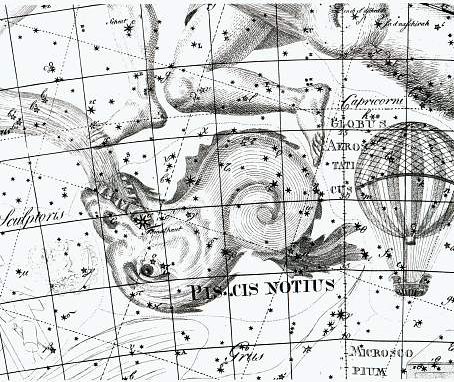







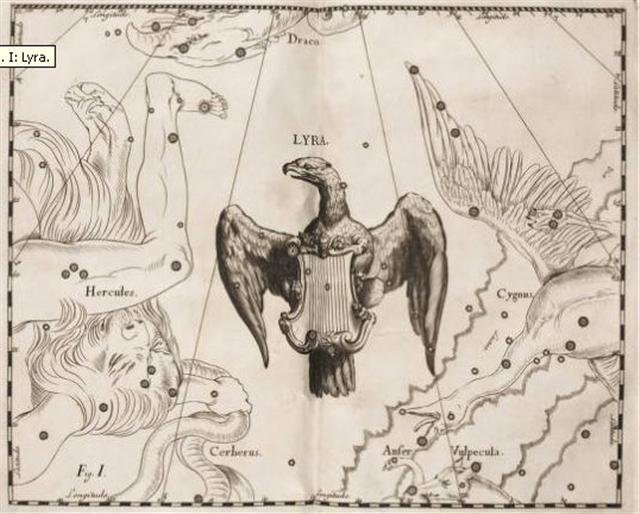

.jpg)

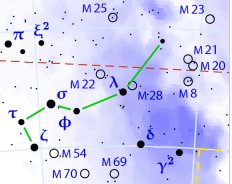

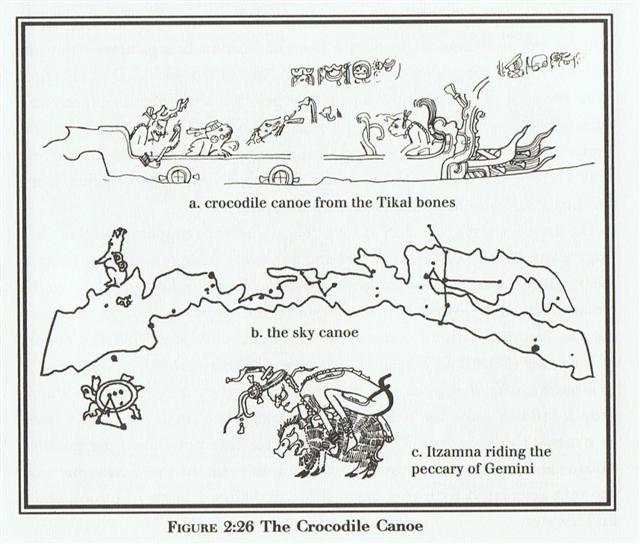
.jpg)
.jpg)
